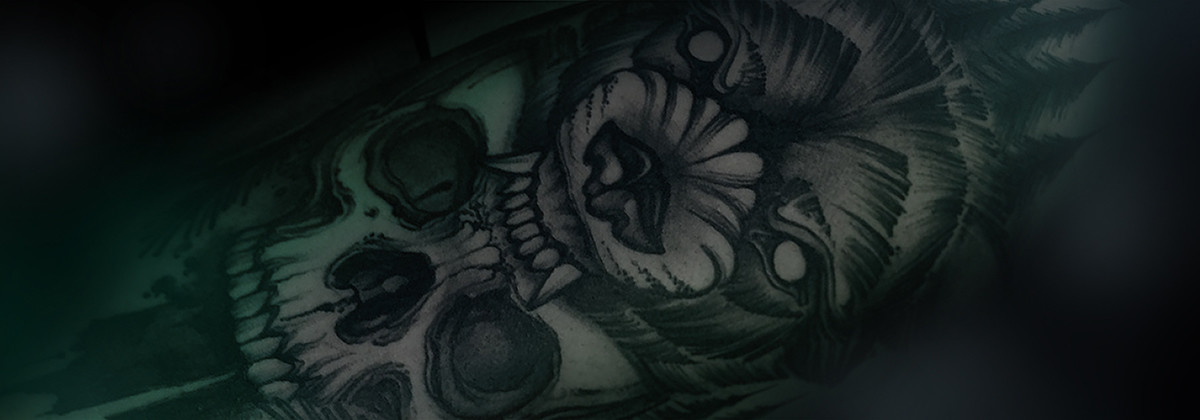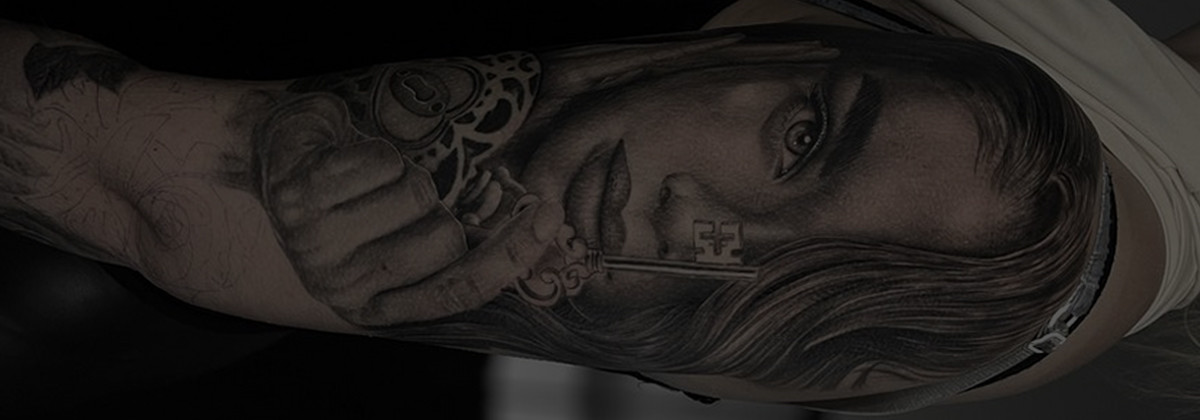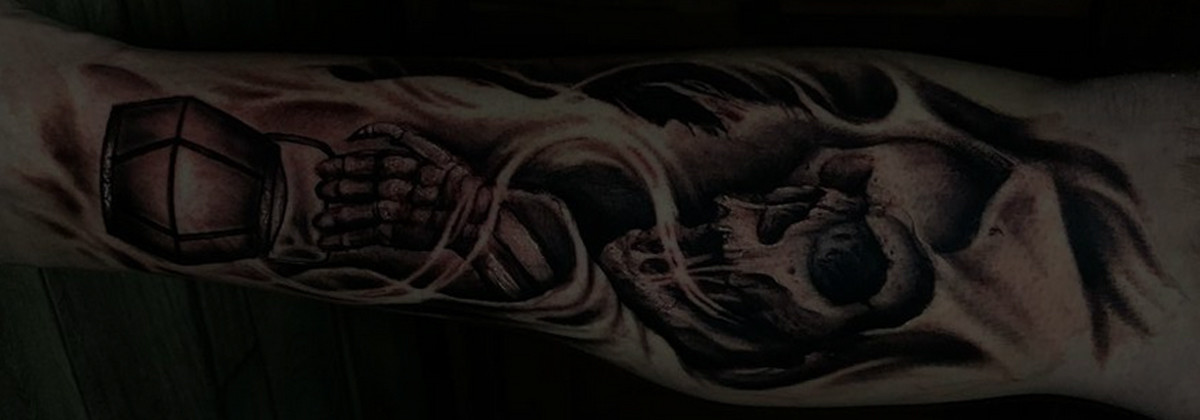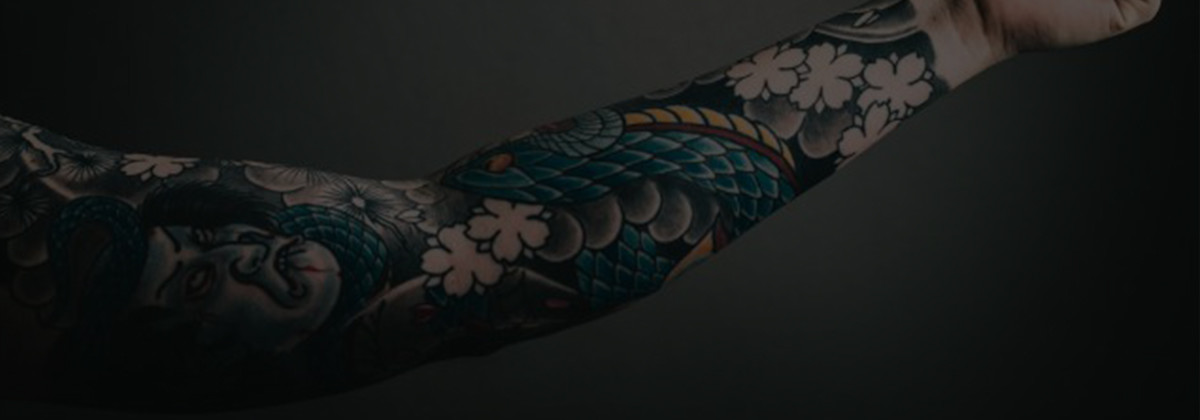KNOW HOW: Tattoo styles and the right equipment

The tattoo scene is colourful, black and white and diverse. It's hard to keep track of all the different styles. In our know-how series, we guide you through the different styles and show you the right equipment.
Neo-Traditional
As you can already guess from the name, neo-traditional tattoos originate from the classic traditional area. In Germany, this is also better known as Oldschool. Neo-Traditional combines different aspects from other styles.
As with Oldschool, strong colours are used. Colour gradients are either not used at all or in a very simple form. A clear layout and the differentiation of various illustrative elements are just as important as the enrichment with ornamental elements. These are known, for example, from the mandala or Celtic area. The basis of these elements is often of Central European origin, so influences from Gothic and Renaissance elements are omnipresent.
The facial forms of figures, on the other hand, are usually clear and realistic. Layout elements from the Japanese arts are also often found. But be careful: here a further distinction is made and the tattoos are classified as Neo-Japanese. Because there is no uniform approach to Neo-Traditional tattoos, as the style is still relatively young, people rely on needles that stand for clear, intensive lines and great shading gradients. Hollow liners and magnums as well as soft edge magnums with a thickness of 0.35 mm are best suited for this. With the UNIO, Cheyenne has brought a machine onto the market that meets the requirements of most neo-traditional artists. Thanks to the long stroke as well as decent power, you can get your design under your skin quickly. When it comes to colour, some artists prefer intense, bright colours, while others prefer more muted, earthy tones. We have the right colour for everyone in our range.

Realistic
Layout and technical skills play a major role in Realistic Tattoos. This is the only way to make the result look photorealistic.
Some tattoo artists think that 10 - 20 % of realistic tattoos are art and the remaining percentages are like mathematics. The precise implementation of shading and the play of light and shadow requires a lot of concentration and expertise. In addition, the amount of colour and the ratio of thinning the colour must be weighed.
Realistic tattoos do not have outlines, because these do not exist in the real world. Especially fine liner needles, round shaders and round magnums with a thickness of 0.3 mm or 0.25 mm are suitable for realistic tattoos. For soft shades, tattoo artists like to use premixed greywash sets. For wound care and protection of the freshly inked tattoo, it is best to use a self-adhesive protective foil.

Dark Art
When you think of dark art tattoos, demonic grimaces, a bunch of ravens or biomechanical elements immediately come to mind. The tattoos are meant to shock and convey a seriousness.
This style evolved from the classic Black and Grey, which pretty much comprised most black and white tattoos before the more intense splitting of tattoo styles in the late 80s/early 90s.
Thematically, dark art tattoos often use elements familiar from the aesthetics of the hard rock and metal scene. Nowadays, there are already variations of this style, which is now crossed with elements from the graffiti area and thus gives the whole thing a whole new twist.
For dark art tattoos, you cross aspects from other styles for which you need finer line needles. This allows you to create realistic elements, especially on faces. In order to get the tattoos intensely black, it is best to use magnum needles. To remove the excess colour from the skin, it is best to use Vaseline or tattoo butter. You should also have a bottle of Green Soap at hand.
The colour you need is, as you might expect, black! Use a highly concentrated black tattoo paint. But you should also have a small bottle of white for a few highlights.

Japanese
Outside of Japan, however, Japanese-style tattoos have been popular for decades, which is why this style is considered one of the most influential in the tattoo industry. Bold liners or round shaders are particularly suitable for creating powerful and contrasting Japanese tattoos (also called Irezumi) under the skin. With these you will get the intense lines particularly well. For a more intensive colour application, it is best to use a wide Magnum. Basically, any machine can be used for this style. However, you should make sure that the machine has enough power. Powerful coil machines or rotary machines with a longer stroke are particularly suitable for large-area Irezumi.

Of course, that's not all the styles by a long shot. The tattoo world is colourful and diverse, which is why you can look forward to our next article on the different tattoo styles.

 German
German Dutch
Dutch